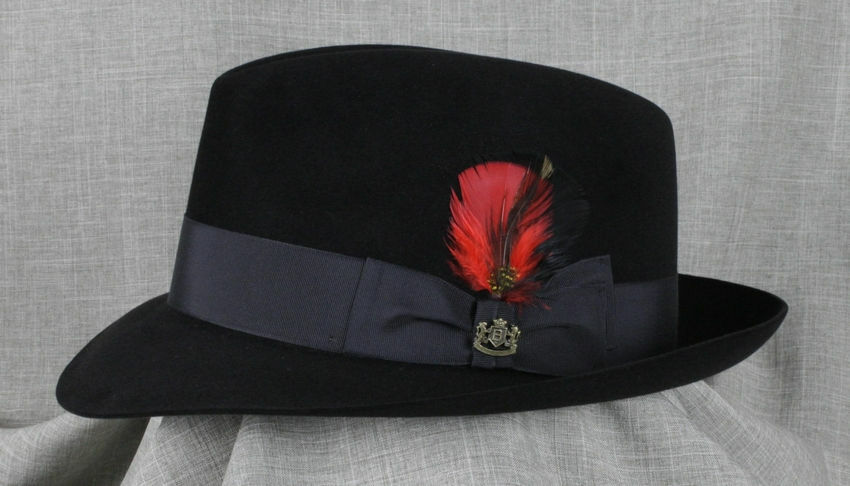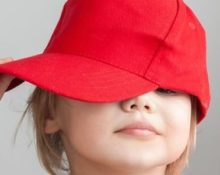Today, things that were worn in the 20th century are extremely popular. One of these is a hat. It can be worn by both women and men; it goes well with both a classic coat and a leather jacket. Today, felt hats are very popular. But, like any thing, a headdress made of such material is susceptible to contamination. What needs to be done to make this wardrobe item regain its irresistible appearance?
Features of cleaning felt at home
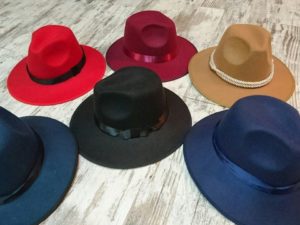 Felt is a very durable material. But as soon as water gets on it, its appearance and texture deteriorate. To ensure that the hat retains its color and shape after cleaning, do not wet it with water! Otherwise, the product will fall off and “pellets” will appear on it.
Felt is a very durable material. But as soon as water gets on it, its appearance and texture deteriorate. To ensure that the hat retains its color and shape after cleaning, do not wet it with water! Otherwise, the product will fall off and “pellets” will appear on it.
An important rule when cleaning felt is to avoid high temperatures. This procedure will lead to stalling and loss of its previous appearance.
If you do not want your hat to go into the trash, you should not do the following operations with it:
 bleach;
bleach;- clean with chemicals;
- place in the washing machine;
- wash in hot water and rinse in cold water;
- deform.
Ways to Clean a Felt Hat
There are various sources of pollution, and they should be dealt with using appropriate methods.
From dirt and dust
Regardless of where your hat is stored, dust will constantly accumulate on it. That's why Every time you take it off or put it on, shake off any dust with a slight movement of your hand..
If your hat has not been used for a long time, a fairly dense layer of dust appears on it, which is not so easy to remove. The following tools are suitable here:
 a clothes brush with soft bristles or a vacuum cleaner on low power mode will do an excellent job of the task assigned to them in a relatively short time;
a clothes brush with soft bristles or a vacuum cleaner on low power mode will do an excellent job of the task assigned to them in a relatively short time;- take a handful of coarse dry salt or dry clean bran, lightly rub your headdress with it, then shake off the remains;
- mix ammonia (2 parts), vinegar (2 parts) and salt (1 part), apply the mixture to the product with rubbing movements, and then remove its remains with a brush;
- fill the pan with water and place it on the stove. As soon as the contents of the dish boil, take the hat, place it over the steam and use a brush to clean out any dust particles in the direction of the pile. After completing the procedure, straighten the pile with a brush and leave to dry.;
- A soap solution will help get rid of dust. Take any detergent (except washing powder and soap), apply it to the entire surface of the material and wait a few minutes. Rinse off the solution with the hard side of a sponge soaked in clean water and set to dry.
Important! It is best to dry and store a felt hat on a blank - a device similar in shape to a human head. Thanks to this, the headdress will retain its shape longer. If you don't have such an item in your home, don't despair! Take a three-liter jar, place it upside down on the table and get an improvised blank.
From white stains
If you find traces of chalk or lime, do not use dust cleaning products to avoid leaving white streaks on the hat. Perform the following operation - mix table vinegar with a concentration of 9% (or lemon juice) and water in a 1:1 ratio and use the resulting liquid to clean the stain from its edges to the center. After the white marks disappear, wipe the area with a damp cloth or sponge.
From fat and sweat
Fat can appear both from contact with food and from contact with the face. To get rid of unpleasant stains, use the following methods:
 rub the area where the stain appeared with a crust of rye bread;
rub the area where the stain appeared with a crust of rye bread;- if the fat has appeared recently, then cover it with salt;
- If the stain remains on the felt fabric for a long time, it is necessary to use a more effective remedy - gasoline. Dampen a rag or napkin in it and blot the damaged area with it. It is important that the napkin or rag is slightly wetted with the composition, otherwise traces of it will remain on the hat;
- Potato starch perfectly cleans grease stains. Take a potato, grate it, add purified gasoline to the resulting pulp and apply to the contaminated area. After a while, shake it off with a brush, and remove the remaining residue with a sponge soaked in water and citric acid diluted in it;
- dilute ammonia in water in equal proportions and treat the problem area;
- Use stain remover only if it is intended for colored fabrics.
Important! Before using this or that cleanser, test it on an area that is not visible.
If you get shiny...
Frequent wearing of a hat can cause scuffs and shine to appear on it. The following remedies will help get rid of this:
 take sandpaper and rub the entire surface of the headdress with it;
take sandpaper and rub the entire surface of the headdress with it;- to return the felt to its original appearance, take table salt, a brush and rub this product into the surface of the material;
- mix water and ammonia in a 1:1 ratio, soak a cloth made of coarse material in the solution and wipe the felt with this composition.
If you get caught in the rain...
The consequence of a hat getting wet in the rain is the presence of drop marks. You can remove them in the following ways:
- Use the same method as when removing dust. Hold the hat over the steam and then comb the pile in the desired direction;
- A steamer will also help dry your hat, only do not bring it too close to the product, because from excess moisture it will instantly lose its shape;
- wet the brush in cold, clean water and straighten the bristles in the desired direction.
How to update the lining?
The lining comes into direct contact with the scalp and hair and gradually becomes dirty. Use the following tips:
 You can clean the inside of the headdress using ammonia diluted in water in a ratio of 1:10;
You can clean the inside of the headdress using ammonia diluted in water in a ratio of 1:10;- Apply a small amount of gasoline or alcohol to a cotton pad and wipe the inside of the hat.
To ensure that your headdress always pleases you and emphasizes your beauty, carefully monitor its cleanliness and appearance.A timely response to emerging problems will allow you to keep your felt hat in excellent condition.


 bleach;
bleach;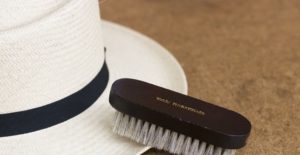 a clothes brush with soft bristles or a vacuum cleaner on low power mode will do an excellent job of the task assigned to them in a relatively short time;
a clothes brush with soft bristles or a vacuum cleaner on low power mode will do an excellent job of the task assigned to them in a relatively short time;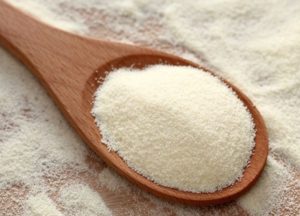 rub the area where the stain appeared with a crust of rye bread;
rub the area where the stain appeared with a crust of rye bread;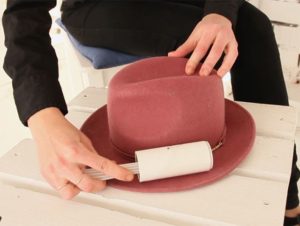 take sandpaper and rub the entire surface of the headdress with it;
take sandpaper and rub the entire surface of the headdress with it; You can clean the inside of the headdress using ammonia diluted in water in a ratio of 1:10;
You can clean the inside of the headdress using ammonia diluted in water in a ratio of 1:10; 0
0